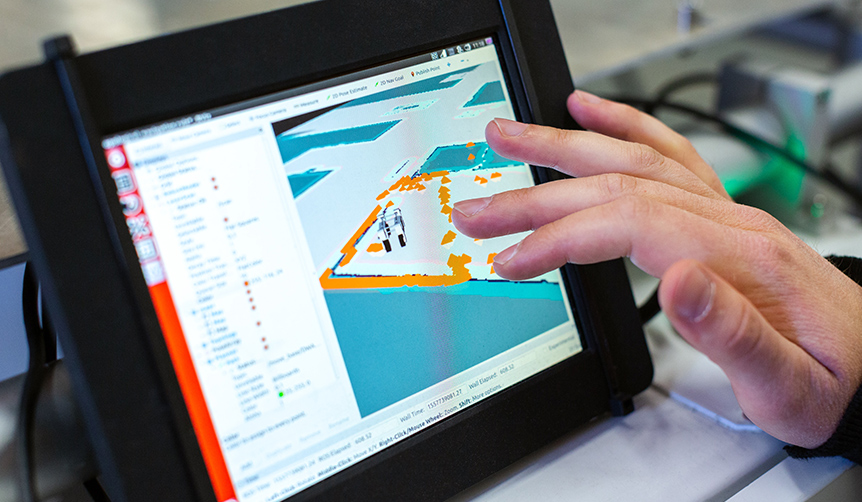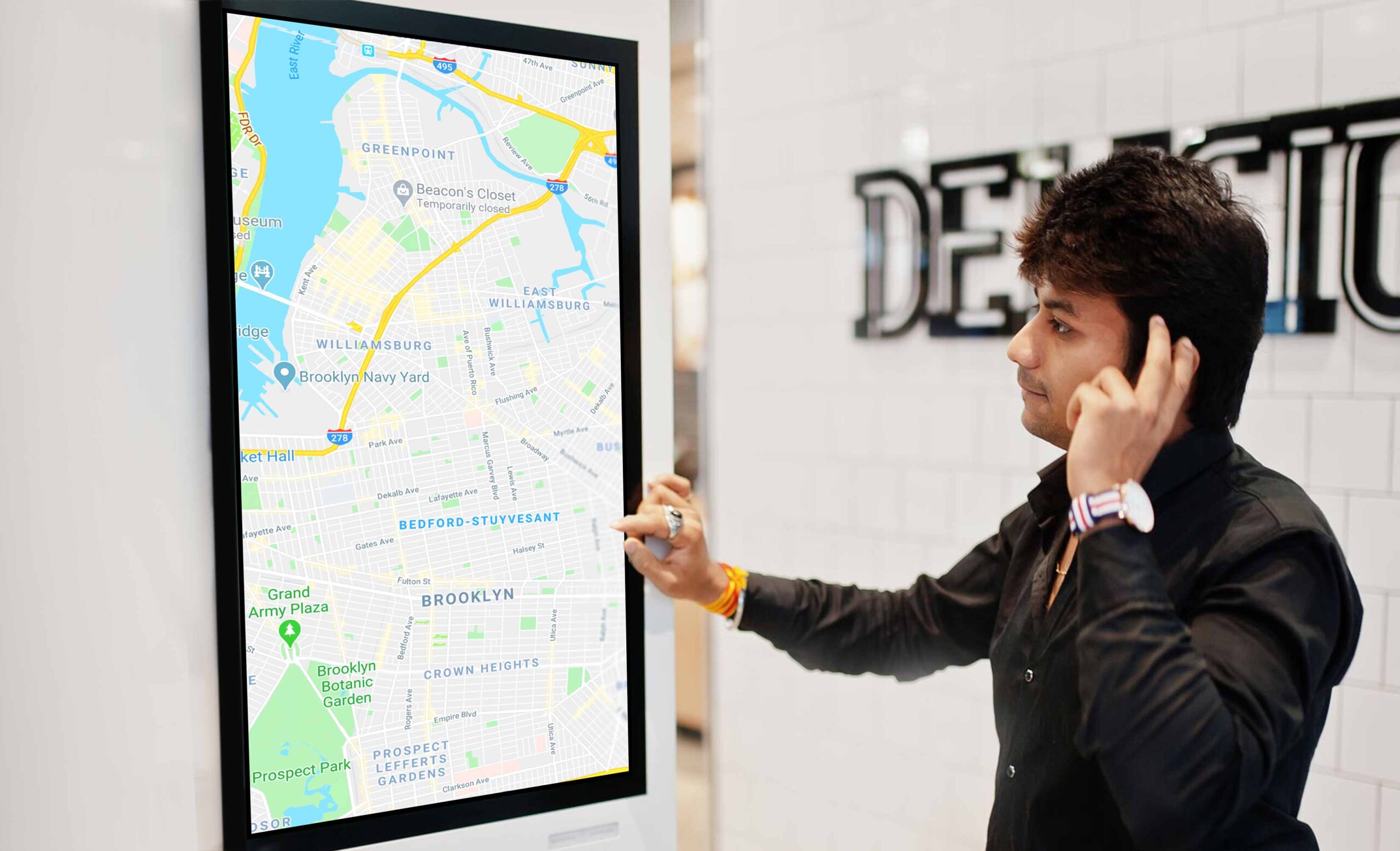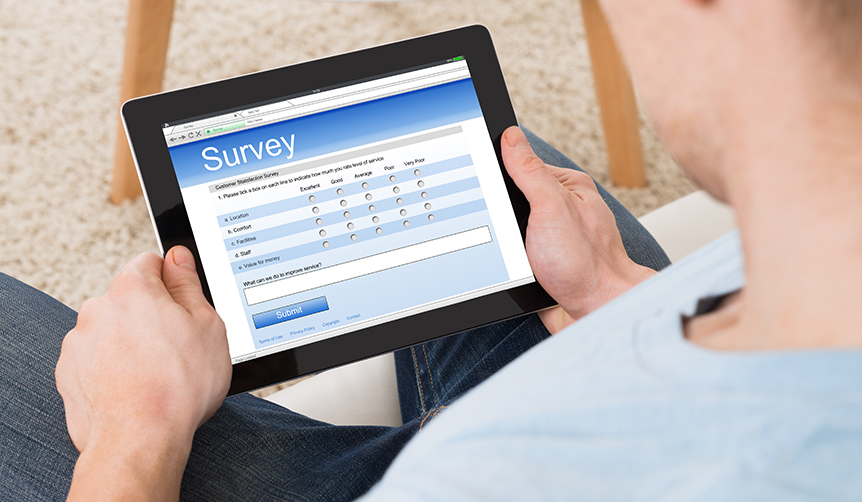Data Loss Prevention: Securing your sensitive data
Looking for quick ways to secure your sensitive corporate data? Check out the guide to get some good insights.

Get fresh insights, pro tips, and thought starters–only the best of posts for you.
Alma Evans
Jul 26, 2021
11 min read

Kiosks stand out only when there is robust groundwork, and that really requires you to specifically attune the implementation practices and management strategies just to suit your use case. Adding to the complexity, kiosks are not merely big screens now, but a variety of forms including tablets, laptops, phablets and even smartphones are employed as kiosk devices in the present-day market. And this is exactly why you should come up with an all-inclusive strategy when it comes to kiosk management.
Absolute lockdown is possible only with a strong kiosk management strategy upfront. See yourself how Hexnode can be of help.
START A 14-DAYS FREE TRIALKiosks are deployed for a variety of applications. But whatever their function might be, kiosks generally fall under two common categories; either public facing kiosks used by a large domain or single purpose devices shared between a smaller section simply based on authorization. Both these cases call for a need to secure the kiosk devices as well as to optimize them into delivering a consistent experience under any working environment they are in. And, if you’re not sure on how to get started with this, the following tips will help you out.

As with any other mobility scheme, choosing the right device for your requirement is the first step towards successful kiosk deployment. Smartphones, tablets, phablets, laptops, TVs, everything works as perfect kiosks; you just need to decide which one is perfect for you. The right device with proper configurations can optimize your end user productivity and help drive the best outcomes from your kiosk deployment.
Also, note that device preference is something that can change. The need served superbly by a smartphone some days back may not necessarily be achieved today; a tablet or laptop might be the better option instead. So, there is also a constant need to recheck your device policy.
An important decision to make that comes hand in hand with the device type is the OS platform. Kiosk mode is something offered by most of the common Oss, including Android, iOS, Windows, tvOS, Fire OS, and so on. Just do understand what kiosk mode means for each of the OSs and go for the one that can offer the best. We have detailed guides on each of these kiosk mode offerings; consider having a look into each.
Apple TV kiosk- Making it big with digital signage marketing
Another inevitable concern that arises here is whether your management tool work across all the devices that are under consideration. Do research the shortlisted management tools and get an idea of what they have to offer before deciding on one. Opting for a management tool that has within its scope, solutions for any scenario, is the ideal way to go if you apply a little forethought.

There are options to enroll your devices with the management tool over the air and ship the devices with all the necessary settings pre-configured so that the kiosk can get running in a few minutes after onboarding. For Apple devices, this can be achieved with the Apple Business Manager program, for Android, there are multiple options like Google Zero Touch Enrollment, Samsung Knox Mobile Enrollment, and for Windows, there is the Windows Autopilot deployment. Solutions having integration with these quick enrollment programs will make the management process mostly hands-free.

Everything remote is something crucial when it comes to kiosks. Especially for devices deployed as public facing kiosks, having the ability to remotely troubleshoot issues and configure settings over the air would be really helpful. In addition, companies can save several hours if all the maintenance services can be done from remote locations.
In the case of kiosks set as video streaming screens or digital signages, the option to remotely deploy and update the content from virtually anywhere can be of great productivity benefit. This makes it easy to repurpose the digital signage kiosks if needed.
The IT department doesn’t have to visit the location in person or physically access the devices in order to service, troubleshoot, update the content or repurpose the kiosk device. Everything can be done from the web console if your kiosk management solution supports over-the-air configurations.

Kiosks should be updated to the latest OS versions as regularly as possible. Instead of being reliant on manual device OS updates, it would be better to set the devices to update to the latest versions as and when a new stable version goes live.
Most kiosk management tools have an OS update schedule option, which allows companies to set devices to automatically update to the latest OS versions. Besides the automatic update option, the available updates can also be delayed or only downloaded to be installed on demand.

After defining your organization’s policies and pushing them to your kiosk devices, it is important to frequently check and ensure that the devices always stay compliant with your management policies. For this, the organizations need to monitor the devices, preferably remote. A good management solution may offer you the ability to remotely monitor managed devices as and when needed.
You may also get continuous reports on device behaviors, and you may get notifications when devices go out of compliance. Necessary actions can be taken against non-compliant devices to bring them back to your control. You can even choose to disconnect such compromised devices from your corporate network so that other kiosks on your network stay protected.

This is quite an important choice to make, but before making a choice do understand what each is. Check out our detailed guides or single app kiosk mode and website kiosk mode to get an idea.
App based kiosks mean that you can lock down the device to a single application or a handful of applications restricting all the unproductive device features. Website kiosk mode implies that you can restrict the device to specific websites or web apps, restricting all other apps and features. Kiosk management solutions like Hexnode offer dedicated kiosk browsers which allow you to make brand customizations, tailoring to your company use case, apart from blacklisting unwanted websites and restricting unnecessary functionalities.
| App based kiosk mode | Website kiosk mode |
| Devices are restricted to a single approved work application or multiple applications. | Devices are restricted to the company website, or a set of websites required for the kiosk functioning, strictly restricting access to all other websites and device settings. |
| User access can be allowed or restricted to other device settings. | Access to other device functionalities can be specifically allowed from the browser. |
| Not many customizations are possible though there are options to set custom lock screens if there is a kiosk launcher. | There are a variety of brand customization options that allow companies to personalize the browser to turn any device to your company kiosk. |
| The most important use case of app lockdown kiosks is to prevent organization employees or students from doing unproductive activities with their devices. | The main application is as feedback kiosks or data collection equipment. |
Now that you have a clear idea of website kiosk mode and application kiosk mode. Go for application lockdown, browser lockdown or a combination of both, according to your company requirements.

One of the common methods used by malicious actors to penetrate into kiosk systems is by getting into the operating system level by exploiting the kiosk loopholes. So, it is important to make sure that the kiosk always works as intended and provides no option for the user to shut down the running kiosk app or website to get into other areas of the system.
An important way to prevent this is by filtering keyboards and blocking keyboard shortcuts to practice minimal user interactions. All of us know that keyboard shortcuts are quick ways to reach into device settings and so blocking such shortcuts will help up to an extent in ensuring kiosk mode always keep running in the forefront. It is also best to block pop-ups from third party apps either added to the kiosk mode or running in the background.

Lost Mode is a desirable feature for kiosk devices. The lost mode makes it easy to locate and recover lost devices. This is something you should consider right when you choose your kiosk devices. Most devices including Android, iOS, macOS, Windows, etc. has lost mode built right into the OS. You should also check whether your management solution supports the lost mode activation along with other device tracking and data protection options, including geographic location tracking, remote device lock, remote wipe and so on.

Kiosk by itself is a practice for better device and data security, though in some cases, the device data security can be in question when the device is used by a large number of people. However, irrespective of the working scenario, it is important to ensure data security, and for this, companies should follow the basic step of least privileges. Be sure to set strong passwords on devices and mandate device encryptions. Even if they are used at remote locations and use public Wi-Fi, be sure to push VPNs and set firewall rules whenever possible. Other important measures include mandating authorization in the case of shared devices, enforcing 2FA for account logins, executing frequent security audits, etc.

Be sure to visualize the future of your deployed kiosks. Kiosk technologies are constantly evolving, and it is better if you could plan for the upcoming changes in advance. Also, while deciding on your kiosk management solution, make sure that the solution is scalable across all the kiosk devices under your concern and everything massive that can be added to your network in the future. And don’t overlook innovative technologies like AI-based, touch capacitive, touchless and gesture-based activation mechanisms, which could be the future of your kiosks.